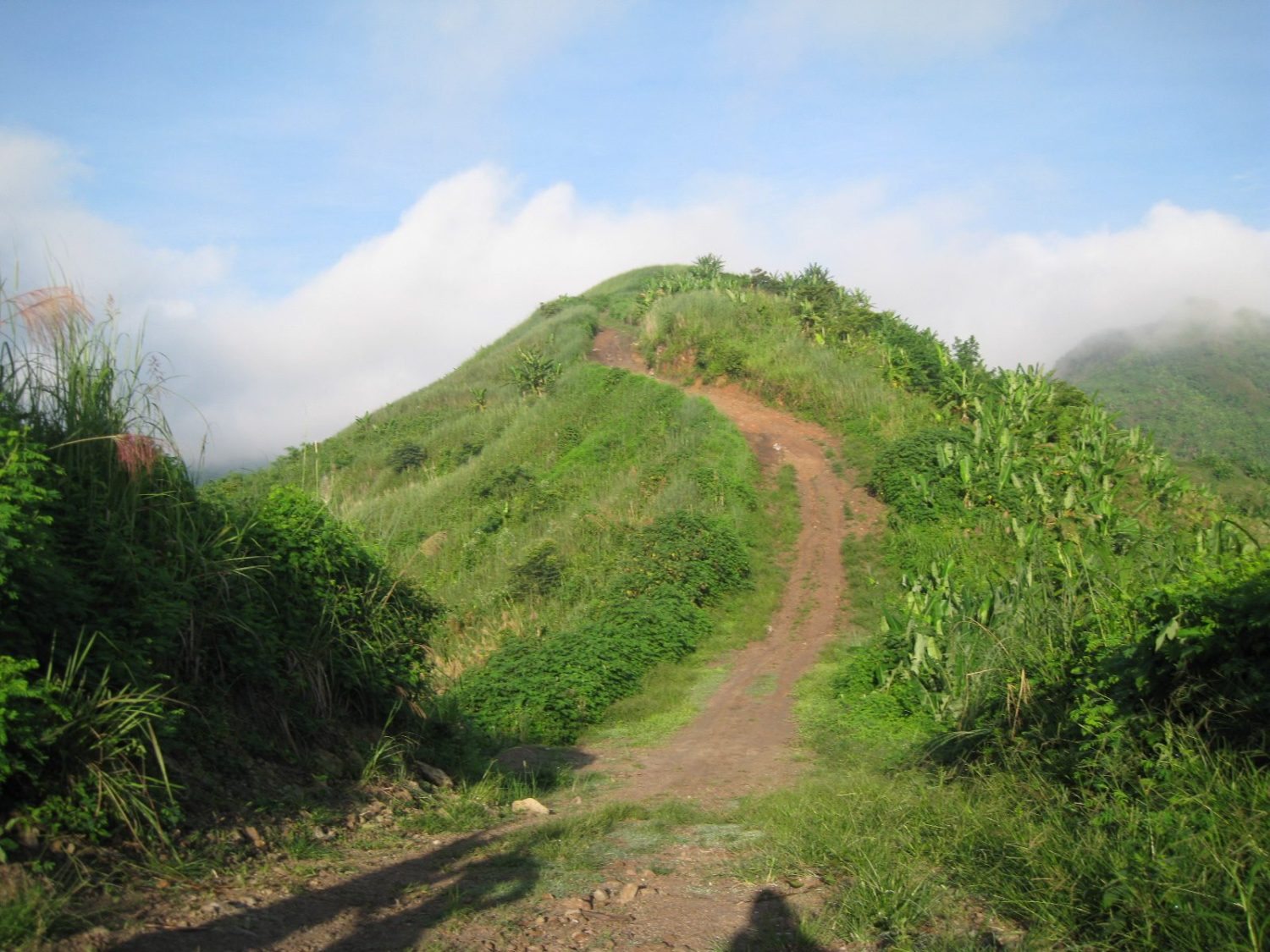SCIENCE YEAR 2.
Comprueba tus conocimientos sobre la clasificación del reino animal a través de las siguientes preguntas.
¿Son vertebrados o invertebrados? ¿Cómo se reproducen? ¿Son vivíparos u ovíparos? ¿ Tienen pelo, plumas, escamas, piel suave y húmeda? ¿Cómo respiran? ¿Dónde viven? ¿Qué comen?
Comencemos por recordar la diferencia entre los seres vivos de los inertes.
sábado, 30 de enero de 2016
viernes, 22 de enero de 2016
Win-Win
Hey, here you can read a few GOOD examples of the types of relationships between different species:
T.C.
Geography again?
Hello, during this second term in 5th Grade we will refresh our knowledge about the geography of Spain and Europe.
It's important that you revise and memorize the information little by little. One essential strategy is to practise with maps.
Here you will find some webs where you can play with geography:
See you soon!
T.C.
martes, 19 de enero de 2016
lunes, 18 de enero de 2016
Biosphere
NATURAL SCIENCE FOR 5TH GRADE
We're working on the biosphere in unit 3 so here you have two very interesting videos where you can see the 4 main spheres on planet Earth.
If you click HERE http://www.geography4kids.com/files/land_intro.html you can read further information about the biosphere.
See you soon guys!
T. C.
jueves, 7 de enero de 2016
THE NATURE TRAIL
ENGLISH. Year 2.
A todos nos gusta pasear por la naturaleza y viajar. En esta ocasión vamos a recorrer bosques frondosos donde fluyen los ríos creando paisajes hermosos.
¿Cuáles son tus actividades favoritas en la naturaleza? ¿Pasear en bicicleta, correr, escalar árboles?
.
.
A forest.
.
.
A tree.
.
Some leaves.
.
A river.
A bridge
.
A path
.
Some grass
.
- Are you walking in the forest?
- Yes, I am. / No I´m not.
A todos nos gusta pasear por la naturaleza y viajar. En esta ocasión vamos a recorrer bosques frondosos donde fluyen los ríos creando paisajes hermosos.
¿Cuáles son tus actividades favoritas en la naturaleza? ¿Pasear en bicicleta, correr, escalar árboles?
.
.
A forest.
.
.
A tree.
.
Some leaves.
.
A river.
A bridge
A waterfall
.
A path
.
Some grass
A lake
Some sand
A road
.
- Are you walking in the forest?
- Yes, I am. / No I´m not.
Are
you climbing up the hill?
Are
you running in the long grass?
Are
you swimming in the river?
Are
you jumping in the leaves?
Are
you swimming across the lake?
Are
you walking along the path?
Are
you running across the bridge?
- - Is
he riding a bike along the road?
- Yes, he is. / No,
he isn´t.
Is she playing in the sand?
Yes, she is.
miércoles, 6 de enero de 2016
THE ANIMAL KINGDOM: VERTEBRATES (I)
Science. Year 2.
Bienvenidos al maravilloso mundo del reino animal. Aquí tendremos oportunidad de conocer decenas de animales y sus características, qué comen, cómo respiran, cómo se reproducen. ¿Qué animal te gustaría conocer a fondo?
Antes de empezar, es importante recordar la diferencia entre los seres vivos y seres inertes.
Los seres vivos nacen, crecen, se reproducen y mueren. Por ejemplo un ratón, una paloma, un árbol o una persona.
Los seres inertes son cosas u objetos sin vida. No sienten nada, no respiran. Como una hoja de papel, una piedra o una mesa.
Living things and non-living things.
Estos son algunos ejemplos del ciclo de la vida en diferentes seres vivos.
CLASIFICACIÓN DE LOS ANIMALES.
Existen dos grandes grupos. Los vertebrados, que tienen un esqueleto con columna vertebral, como un ratón, un pájaro, un pez o un elefante. Y los invertebrados, no tienen columna vertebral ni esqueleto interno. Por ejemplo, una mosca, una mariquita, un caracol o un gusano.
¿Tiene huesos la vaca? ¿Y el pulpo?
VERTEBRATES.
Mammals and birds are vertebrates. They have bones inside their bodies.
*
WHAT DO ANIMALS EAT?
Herbivores eat plants.
Carnivores eat meat.
Omnivores eat meat and plants.
*
*
+16.57.22.png)
HOW DO ANIMALS REPRODUCE?
Some animals lay eggs. They are oviparous.
THE ANIMAL KINGDOM: INVERTEBRATES (II)
Science. Year 2.
INVERTEBRADOS.
En esta segunda parte del reino animal conoceremos el mundo de los invertebrados. Estos animales no tienen un esqueleto interno. Por eso tienen cuerpos blanditos, como la babosa, el pulpo o las medusas.
*
Sin embargo, muchos invertebrados tienen un exoesqueleto o esqueleto externo que los protege. Puede ser una piel dura, una concha o un caparazón. Como los insectos, los caracoles, los cangrejos, etc.
*
INVERTEBRADOS.
En esta segunda parte del reino animal conoceremos el mundo de los invertebrados. Estos animales no tienen un esqueleto interno. Por eso tienen cuerpos blanditos, como la babosa, el pulpo o las medusas.
*
Sin embargo, muchos invertebrados tienen un exoesqueleto o esqueleto externo que los protege. Puede ser una piel dura, una concha o un caparazón. Como los insectos, los caracoles, los cangrejos, etc.
ARTRÓPODOS. (cuerpo articulado)
*
How many legs has an insect got?
Are spiders insects?
MOLUSCOS. (cuerpo blando)
Suscribirse a:
Comentarios (Atom)




















